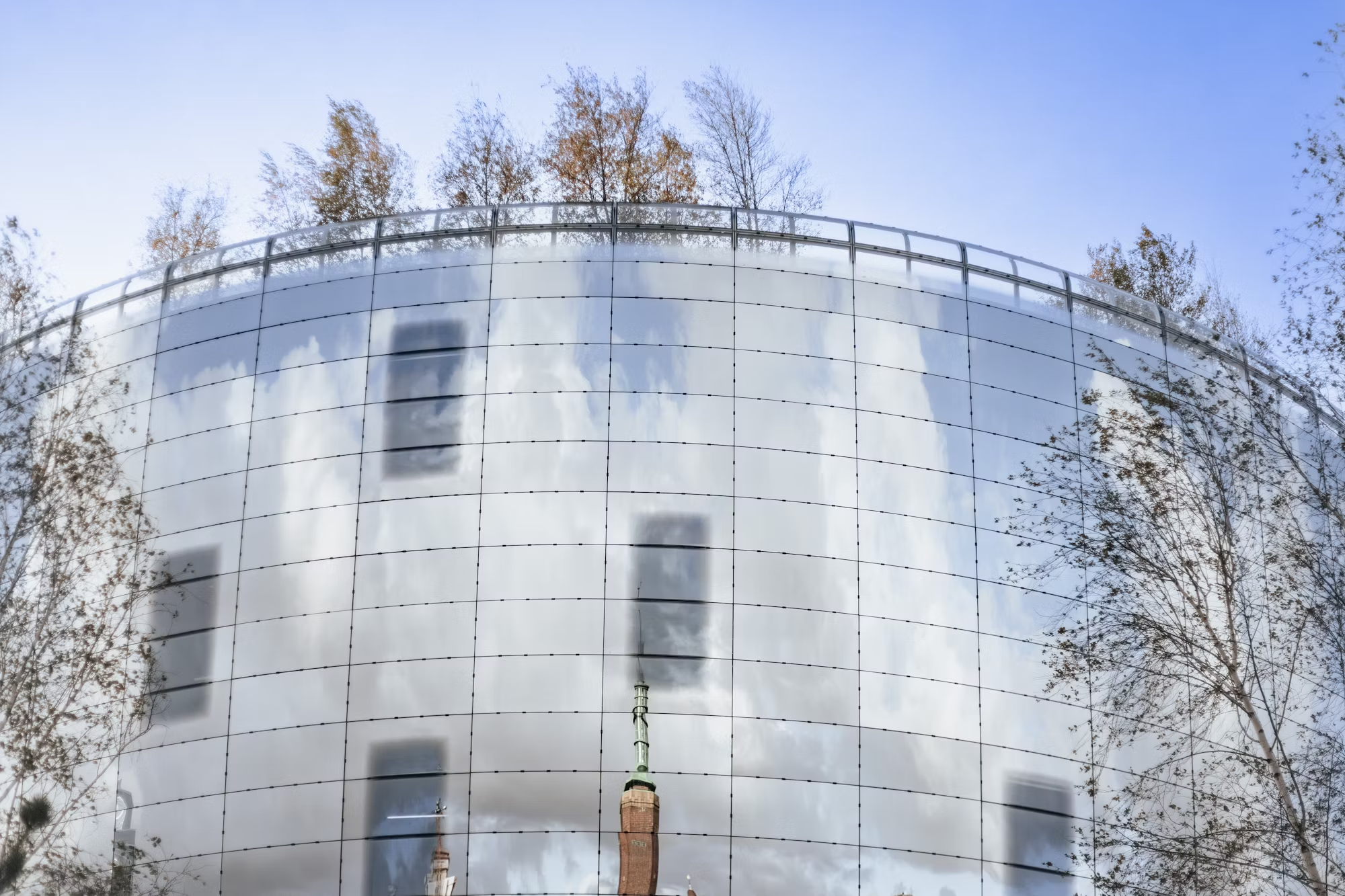Science museums have emerged as essential cultural institutions that not only showcase the wonders of scientific discovery but also engage the public in meaningful ways. These museums serve as platforms for exploration, learning, and inspiration, transforming the way we think about science and its impact on our daily lives. By providing interactive exhibits and educational programs, science museums spark curiosity and encourage visitors of all ages to delve into the fascinating world of science and technology.
One of the primary roles of science museums is to make complex scientific concepts accessible and enjoyable for everyone. Institutions like the Exploratorium in San Francisco exemplify this mission through hands-on exhibits that invite visitors to experiment and explore. The museum’s interactive displays range from physics experiments to biological investigations, allowing guests to engage with scientific principles in a tactile and stimulating environment. By transforming abstract ideas into concrete experiences, science museums empower visitors to understand and appreciate the scientific process.
In addition to engaging exhibits, science museums often host educational programs aimed at nurturing a love for science among young learners. Workshops, lectures, and hands-on activities provide opportunities for students to deepen their understanding of scientific principles and develop critical thinking skills. For instance, the Ontario Science Centre in Canada offers programs tailored for school groups, allowing students to participate in experiments and engage with knowledgeable educators. These initiatives not only enhance students’ learning experiences but also inspire them to consider careers in science, technology, engineering, and mathematics (STEM).
Science museums also play a vital role in fostering innovation and creativity. Many institutions actively collaborate with scientists, researchers, and educators to develop cutting-edge exhibits that reflect the latest advancements in various fields. The Science Museum in London, for example, features exhibitions that explore groundbreaking technologies and their implications for the future. By highlighting contemporary scientific achievements, these museums inspire visitors to envision the possibilities of innovation and encourage them to contribute to the scientific community.
Moreover, science museums serve as vital hubs for community engagement and public discourse on scientific issues. Many institutions organize events, panel discussions, and lectures that address pressing topics such as climate change, public health, and technological advancements. These discussions provide platforms for experts to share their insights and engage with the public, fostering a deeper understanding of the challenges we face as a society. By facilitating dialogue between scientists and the community, science museums promote informed decision-making and encourage active participation in societal issues.
The use of technology in science museums has also revolutionized the way visitors interact with exhibits. Many institutions leverage digital tools and virtual experiences to enhance visitor engagement. For example, augmented reality apps allow guests to visualize complex scientific concepts in new and exciting ways. The American Museum of Natural History in New York City offers a range of interactive digital exhibits that bring science to life, from exploring the depths of the ocean to understanding the dynamics of space exploration. By incorporating technology into their offerings, science museums broaden access to scientific knowledge and appeal to a tech-savvy audience.
Another important aspect of science museums is their commitment to inclusivity and diversity. Many institutions prioritize making science accessible to underrepresented communities by offering programs and resources that cater to diverse audiences. Initiatives like the “Science for Everyone” program at the California Academy of Sciences ensure that all individuals, regardless of their background or abilities, have the opportunity to engage with science. By promoting inclusivity, science museums help to dismantle barriers to education and encourage a diverse range of voices in the scientific community.
In addition to promoting inclusivity, science museums actively engage in outreach efforts to bring science education to local communities. Many institutions collaborate with schools and community organizations to provide resources and programming that extend beyond their physical locations. For example, the Chicago Science Museum offers traveling exhibits and workshops that visit underserved schools, ensuring that students in all neighborhoods can benefit from hands-on science experiences. Such outreach initiatives are vital in fostering a sense of curiosity and wonder about science in young minds, regardless of their socioeconomic background.
Furthermore, science museums often emphasize the importance of environmental sustainability and conservation. Many institutions incorporate exhibits that highlight the fragility of ecosystems and the need for responsible stewardship of our planet. The Monterey Bay Aquarium, for example, not only showcases marine life but also educates visitors about the importance of ocean conservation. Through interactive displays and educational programs, science museums inspire visitors to take action in their own lives and contribute to the protection of the environment.
The impact of science museums extends beyond their walls, influencing how we approach education and public engagement in science. By fostering curiosity, encouraging innovation, and promoting inclusivity, these institutions play a crucial role in shaping the future of scientific literacy and understanding. As society continues to grapple with complex scientific challenges, the importance of science museums in educating the public and inspiring future generations cannot be overstated.
In conclusion, science museums serve as essential institutions that engage, educate, and inspire. Through their interactive exhibits, educational programs, and community outreach, they make science accessible to all, fostering a love for learning and discovery. As we move forward into an increasingly complex world, the role of science museums in promoting scientific literacy and innovation remains vital. They invite us to explore the wonders of science, encouraging us to think critically about our world and inspiring us to contribute to a brighter future.
In summary, the transformative power of science museums lies in their ability to connect people with the wonders of scientific discovery. By providing interactive learning experiences, fostering community engagement, and promoting inclusivity, these institutions are paving the way for a new generation of curious minds. As we continue to explore the frontiers of knowledge, science museums will remain beacons of inspiration, inviting everyone to embark on a journey of discovery and innovation.





